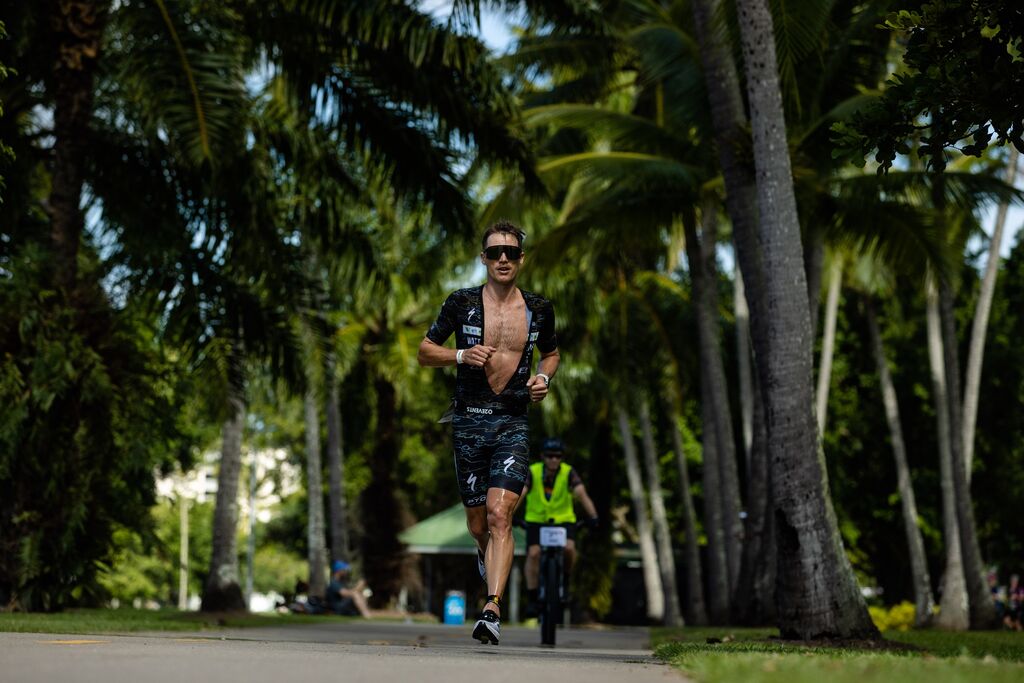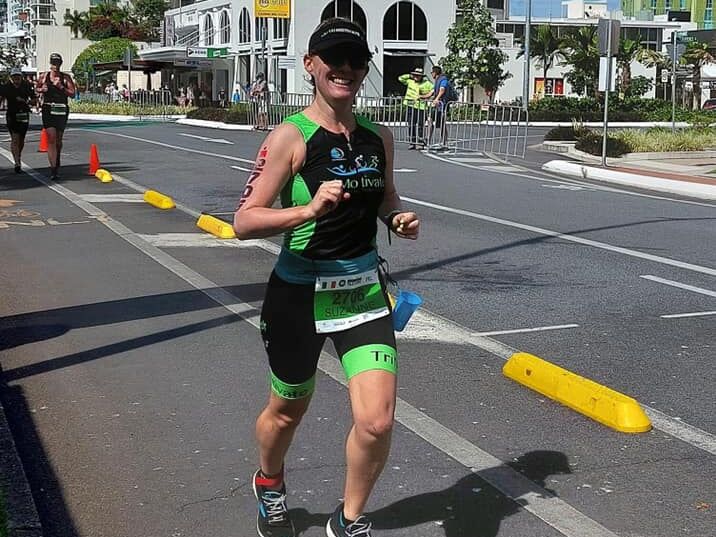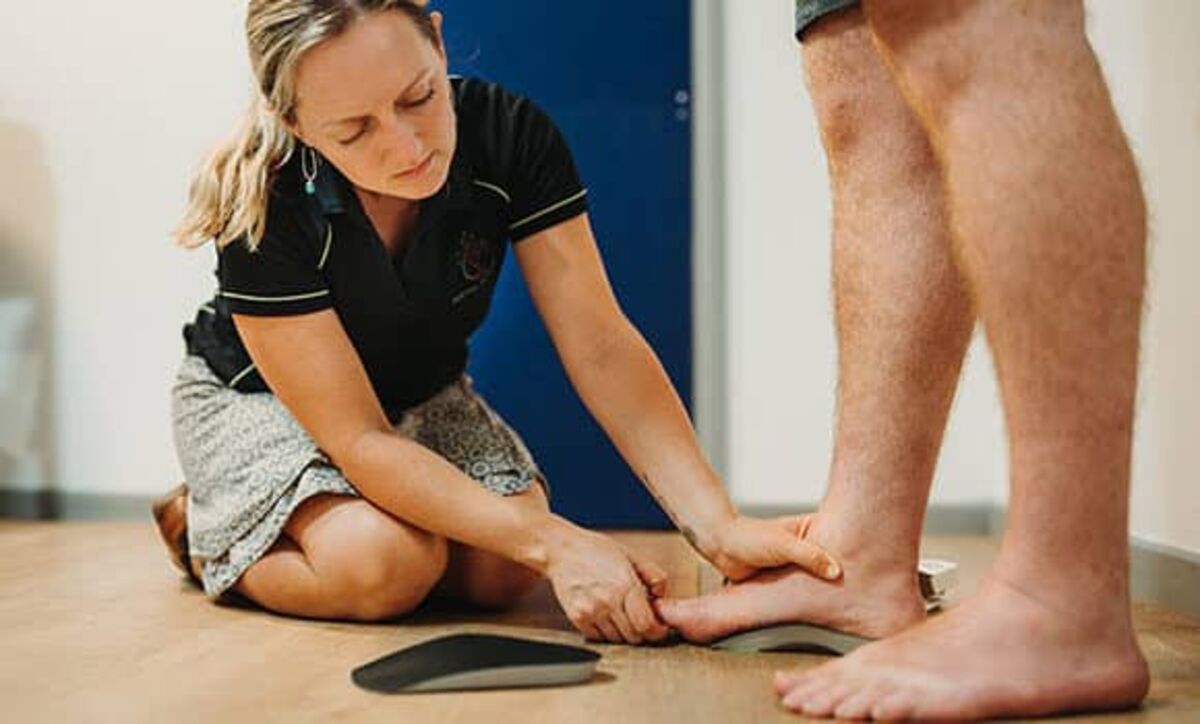
It's that time of the year when cyclists, swimmers and runners become very visible around Cairns, as training steps up ahead of the local IRONMAN event.
It's also a time when self-care (or lack thereof!) can make or break an athlete's aspirations.
Suzanne Rath is the Principal and Owner and a physio at Wellness Embodied, as well as being an endurance athlete herself.
That means she fully understands the challenges of balancing increased training loads with your body's needs.
Tropic Now has asked her for her top five tips for ensuring those little niggles don't get the better of you.
##IAA1##
1. Rest
Recovery is ESSENTIAL!! You won’t make gains in your training if you are not ensuring that your recovery is ample to suit your training load. This means good quality sleep, foam rolling/stretching sore muscles, refuelling your body after training, and making sure you include a recovery day in your program.
2. Massage
Have regular massages during high volume training blocks. This comes under the banner of recovery, but it deserves its own standalone point. Having sports massages can help to manage those small niggles and prevent them from becoming larger issues that can impact your performance.
3. Be proactive
An injury pre-screening assessment can determine any issues that may predispose you to injury once you start increasing the load and volume of your training. Physiotherapists or Exercise Physiologists are perfect for this.

4. Increase your comfort
Have cycling, swim and run techniques assessed by a qualified professional to determine the nitty gritty aspects of your movement. This includes getting your bike properly fitted to suit you. We offer a running and movement assessment with our physio Alyza.
5. Breathe
Focus on your breathwork! Studies show that having a good breathing technique can limit the build up of CO2 within your body, which will help you avoid fatigue and lactate build up for longer. We have a physiotherapist, Campbell, available for Zoom consults to assist you with breathing correctly.

“It’s really important just to find ways of addressing any strength or movement issues that contribute to niggly injuries and also finding ways to treat them on race day," Suzanne told Tropic Now.
##PQ##
“Overuse injuries like tendonitis, issues with the Achilles and patellar tendon, or with rotator cuffs in the shoulders are common.
“A lot of that comes from a really quick increase in training loads and it can also come from technique deficits, footwear, and a lack of warm up or cool down.
“We do custom orthotics and we have a gait scan so we can look at the computer and see how you are weight bearing and where you are landing on your feet.
“Most athletes don’t want to stop training so we work with them so they can optimise their training."








